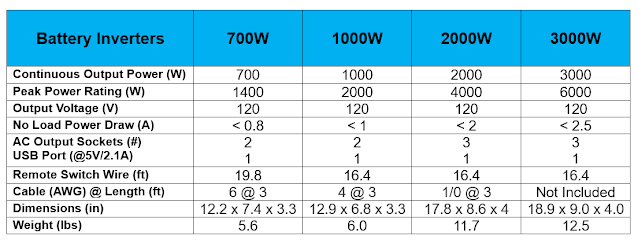How Do Self-Heating Lithium Batteries Work?

When teaching RV Solar 101 seminars at RV Shows around the U.S., we encourage folks to switch their RV batteries to lithium when building a solar powered system -- simply because they are more efficient, lightweight, and long lasting . But, w e’ve come to realize that there is some confusion about the self-heating device that is included in the latest generation of Lithium Iron Phosphate (LFP) batteries. This blog contains our affiliate links. As Renogy Solar Ambassadors, we can offer you an additional 10% off nearly every product in their line by using our promo code CANLIFE at checkout. It’s win-win…WE get a small commission, and YOU get a discount. This income helps keep us on the road and all of our resources and solar coaching free of charge. As a part of our business model, we support a variety of nonprofit organizations focused on reducing carbon emissions, environmental education, sustainability, and youth/community development. Thanks for your support of our carbon n
